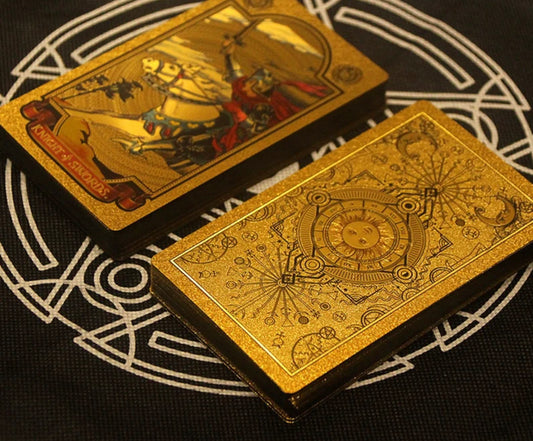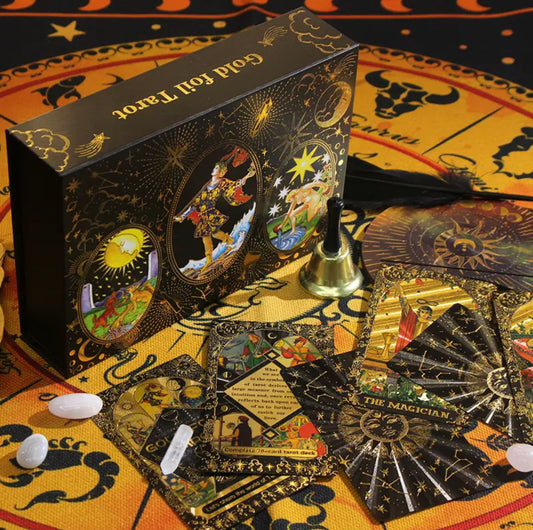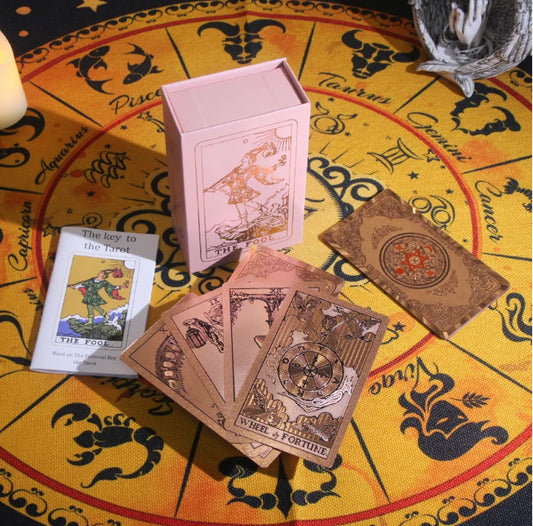Introduction
The Evil Eye, an ancient symbol feared by some and embraced by others, has a rich history rooted in various cultures throughout the world. Often considered both a curse and a charm, this enigmatic talisman holds an intriguing allure. In this blog post, we delve into the origins of the Evil Eye, explore its symbolism, and examine its perceived ability to protect against the malicious gaze.
The Essence and Symbolism
Dating back thousands of years, the Evil Eye is believed to be a malevolent glare cast upon someone out of envy or ill will. This gesture, known as the "evil eye," is said to cause harm, misfortune, or even death. The belief in the Evil Eye is deeply entrenched in many cultures, including Greek, Turkish, Arabic, and Jewish traditions.
The symbol of the Evil Eye, often depicted as a vibrant blue or green eye, is believed to ward off this negative energy. It is commonly worn as jewelry, hung in homes, or carried as a charm to counteract the effects of the malicious gaze. The eye is seen as a universal symbol of protection, and its presence is intended to repel evil forces and safeguard the wearer from harm.
 Evil Eye ornaments are often created to ward off negative environemntal energies and protect from negative intent of others.
Evil Eye ornaments are often created to ward off negative environemntal energies and protect from negative intent of others.
Ancient Origins
The origins of the Evil Eye can be traced back to ancient civilizations, where it held great significance. The belief in the evil gaze spans across cultures and continents, reflecting a collective fascination with the power of human intention and spiritual energy.
The earliest recorded references to the Evil Eye can be found in ancient Mesopotamia, where clay tablets dating back to the third millennium BCE mention its harmful effects. The belief then spread to Ancient Egypt, where it was associated with the destructive powers of the serpent goddesses Wadjet and Hathor. From there, the concept diffused through Greece and Rome, becoming an integral part of their mythology and folklore.
Protection against the Evil Eye:
Throughout history, a wide array of amulets and talismans have been crafted to protect against the Evil Eye. The Nazar, a popular symbol in Turkish and Mediterranean cultures, takes the shape of an eye with concentric circles of blue and white, signifying the all-seeing eye of God. It is believed to reflect the malevolent gaze back to its sender and safeguard the wearer.
The Hamsa, known as the Hand of Fatima in Islam and the Hand of Miriam in Judaism, is another powerful symbol against the Evil Eye. Represented as an open hand with an eye at its center, this talisman is thought to ward off misfortune and bring goodluck.

Cultures and religions like Islam and Judaism depict the Nazar (Evil Eye) with the Hamsa, or The Hand of Faitima - Miriam
In addition to these cultural amulets, many individuals might choose to wear Evil Eye jewelry, incorporating the striking eye symbol into rings, pendants, bracelets, and earrings. These pieces serve as fashionable adornments while simultaneously acting as protective talismans.
Conclusion
The Evil Eye’s origins can be traced back to ancient civilizations, and its symbolic significance still resonates strongly today. While some may dismiss it as mere superstition, many continue to embrace the Evil Eye as a source of protection against malevolent intentions. Whether you choose to believe in its power or appreciate it as an enduring cultural icon, the Evil Eye leaves an indelible mark on the world of folklore and spirituality.










